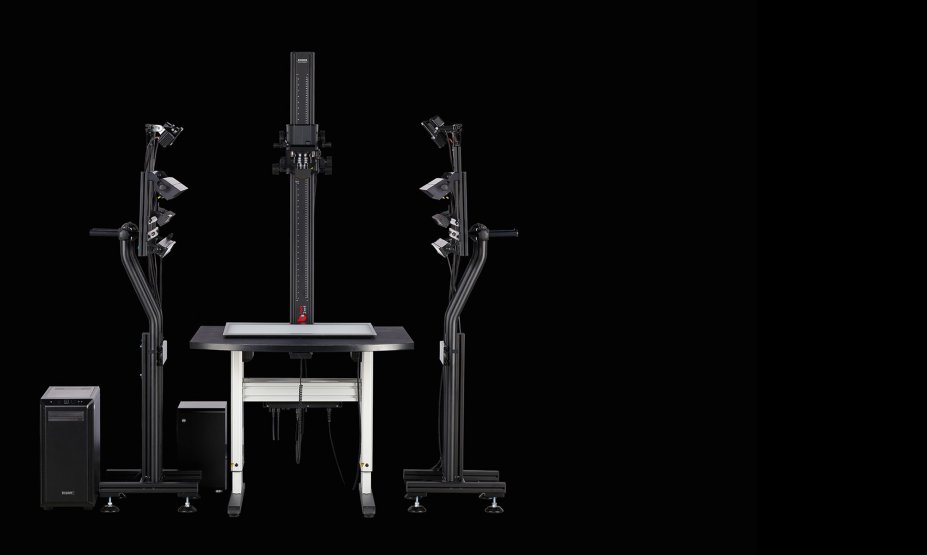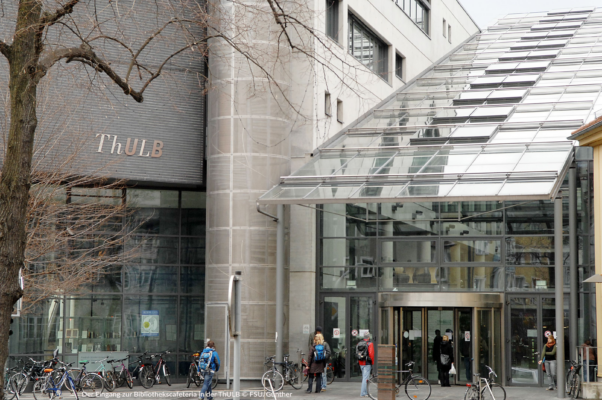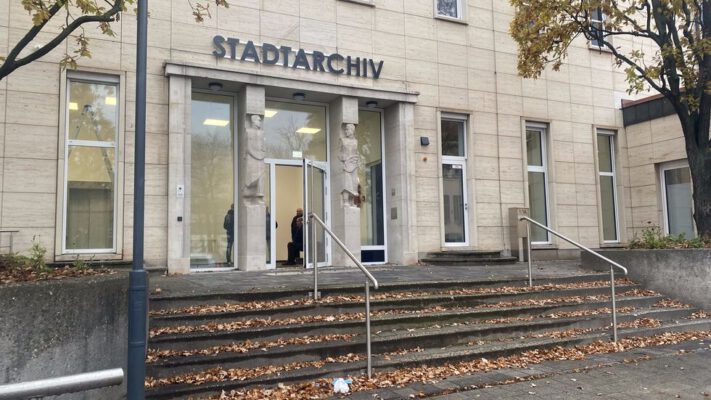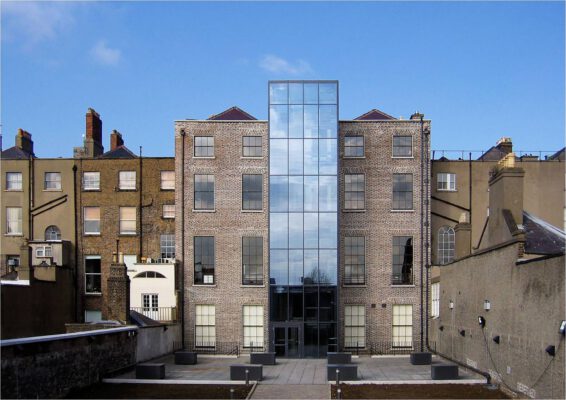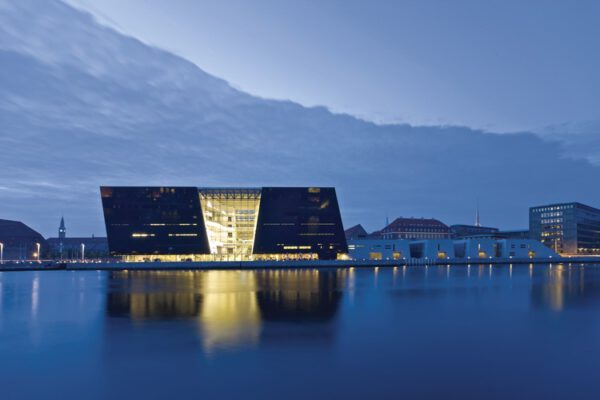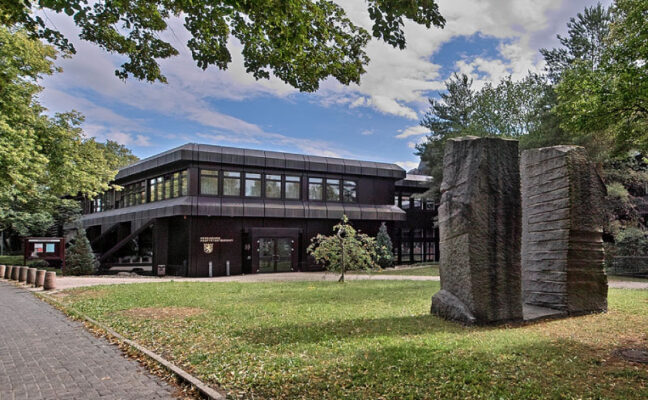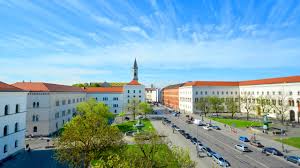Goethe and More
When you think of Weimar, Goethe, Schiller and the Bauhaus style quickly come to mind. Three flagships for sure, but the Thuringian city has many other cultural facets to offer, which the Klassik Stiftung Weimar is committed to preserving. Thereby, it covers a spectrum that is second to none. Certainly, Goethe plays a central, but by no means the only relevant role. The foundation comprises more than 27 museums, palaces, historic houses and parks as well as collections of literature and art. Naturally, it would like to preserve this extensive collection, pass it on to future generations and make it accessible to as many people as possible in the present and future.
A comprehensive digitization of these rich collections is therefore only logical. MICROBOX GmbH is supporting the Klassik Stiftung Weimar in this project by using the book2net multispectral system. With its unique technology, it ensures that even the smallest detail on each individual work of art that is scanned is reliably captured. This is complemented by software that enables the user to work quickly, conveniently and accurately.
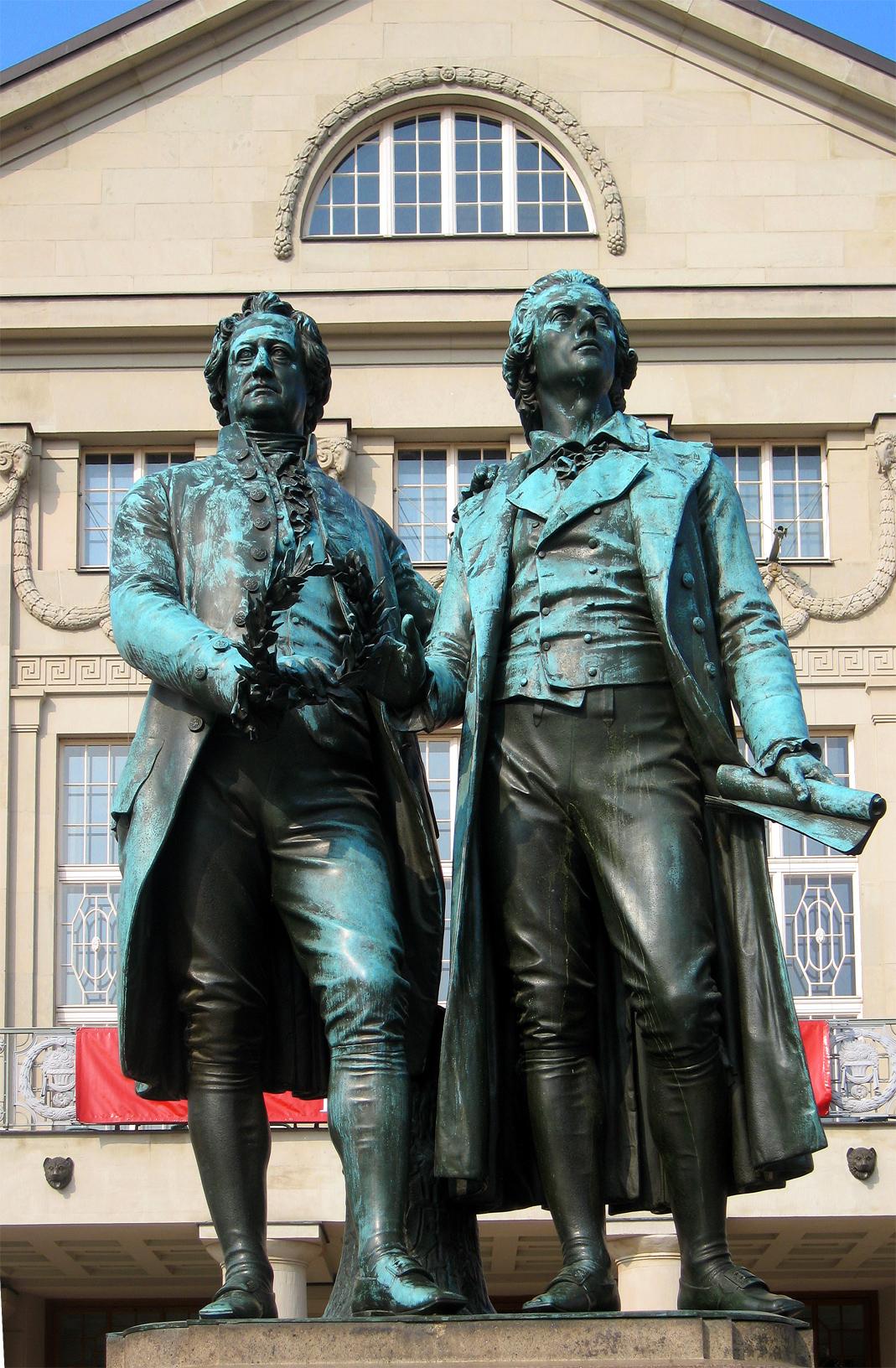
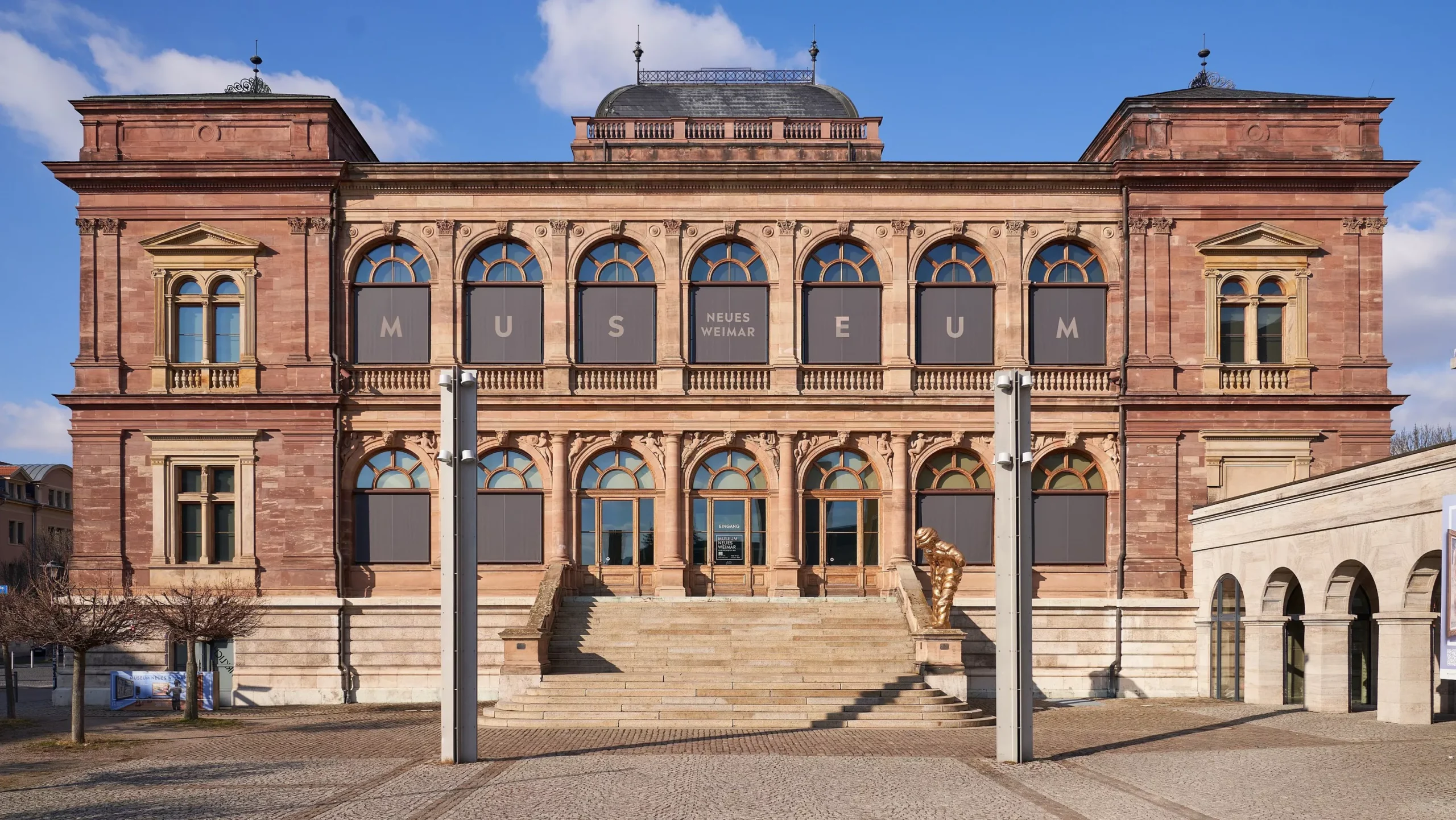
The Klassik Stiftung Weimar
This non-profit foundation under public law has set itself the task of preserving cultural treasures that bear witness to the period from the 16th to the 20th century. The institution was created in 2003 from the merger of the Stiftung Weimarer Klassik and the Kunstsammlungen zu Weimar, but its beginnings date back to the late 19th century.
In addition to the preservation and presentation of cultural assets, the Klassik Stiftung Weimar is also concerned with education. This starts at nursery and primary school age, but offers programs for all age groups. Another important pillar is research – including in cooperation with universities and other institutions in Germany and abroad.
Capture, Analyze & Restore
The X71 multispectral system is being used to digitize hand drawings and prints from the 15th century to the present day for the Klassik Stiftung Weimar, including works by Albrecht Dürer, Leonardo da Vinci, Lucas Cranach and Caspar David Friedrich. In total, there are around 230,000 works.
“An important part of the collection are Johann Wolfgang von Goethe’s own drawings and his art collection. The poet owned over 9,000 prints and more than 2,000 hand drawings,” explains Uwe Golle from the Klassik Stiftung Weimar. He also refers to over 2,000 herbarium leaves from Goethe’s natural history collection, which are also being digitized using multispectral technology. These are dried and pressed plants or parts thereof.
All the works that the Klassik Stiftung scans, stores and publishes are about preserving them for future generations in two ways. Firstly, because the digitized works are not exposed to the environmental influences that the originals are confronted with. Secondly, each individual sheet can be precisely analyzed thanks to the state-of-the-art technology and convenient software of our X71 multispectral system. Mould stains, moisture, old restorations and more are detected – and counter-measures are taken.
Digitization is followed by restoration. For example, paper tears are closed and ageing processes are slowed down or stopped. Uwe Golle explains: “Everything we handle should then be in a condition that, if stored correctly, will not need to be restored again for 50 to 100 years.”

The Technology
The objects are digitized with our X71 multispectral system. Infrared and UV light can be used to capture every last detail. For example, the paper structure, any preliminary drawings, watermarks and pigments that would be invisible or only faintly visible to the naked eye become visible. Anyone using the multispectral system can “delve” into the depths of each individual page and gather important insights. One example: infrared light in a certain waveband optically highlights substances containing carbon, while other sites in the same waveband appear faded. With the easy-to-use software, you can display what you want to analyze with just a few clicks.
There is no need to change a filter on the lens for all this. The camera itself recognizes which areas it needs to focus on at that moment and which areas it needs to “fade out”. By dispensing with a manually installed filter, vibrations that would have a negative effect on the scanning process are avoided.
The images taken with the X71 multispectral system provide the Klassik Stiftung Weimar’s graphic arts restoration department with a contemporary documentation of the incoming works and their condition and are fundamental for restoration planning and any further examination.






